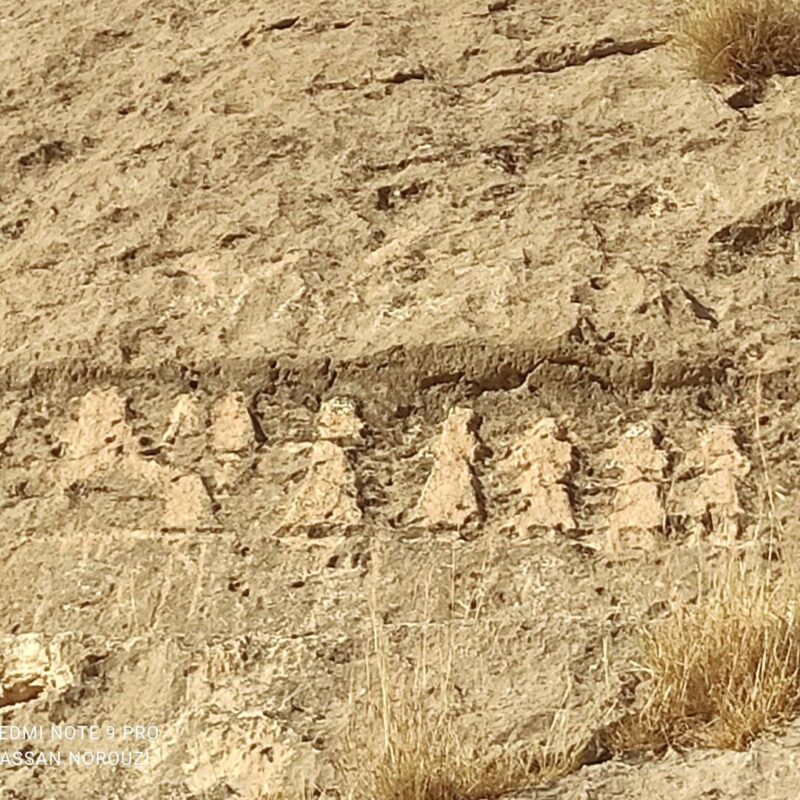The relief of Shaheswar: a magnificent picture of the history and art of the Elamites
Introduction:
The relief of Shaheswar is a valuable monument of the Elamian period, which is located 8 km from the road from Izeh to Dehdz, on the slope of a mountain called “Mountain of Shaheswar”. This magnificent work was registered in the list of national works of Iran in 1378 with the number 2598 and has been noticed by archaeologists and historians as a treasure of history and art.
Features of the work:
The relief of the horseman depicts the king hunting a boar. Dressed in full battle gear, mounted on a swift horse and spear in hand, the king attacks the fleeing boar. Behind the king, two other riders accompany him.
Above the king’s head, there is a cuneiform inscription that contains valuable information such as the king’s name and titles and the description of the hunting incident. This inscription is written in the ancient Elamite language and is studied and analyzed as an important source for understanding the history and culture of the Elamites.
Artistic value:
In addition to the historical value, the relief of Shaheswar is also a commendable and noble work from the artistic point of view. Elegance and accuracy in sculpture, fit bodies, and the dynamics of the hunting scene are among the prominent features of this work of art.
Dangers and necessity of protection:
Unfortunately, this historical monument is in danger of destruction and erosion. Natural factors such as wind and rain, as well as human activities such as road construction, are among the factors that can damage this valuable work.


